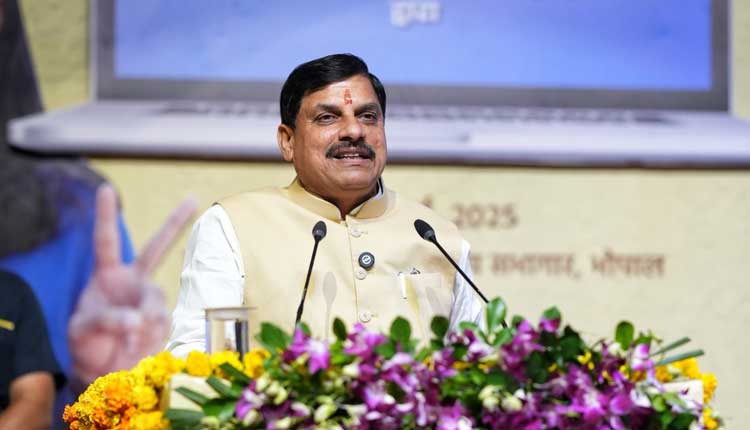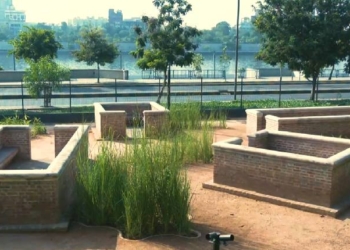Khandwa: Madhya Pradesh Chief Minister Mohan Yadav on Saturday heralded the approval of the 614 sq km Omkareshwar Wildlife Sanctuary as a transformative leap for the state, declaring it will usher as the “27th sanctuary” of conservation excellence in the sacred Narmada valley.
Speaking at the state’s 70th Foundation Day in Khandwa, Chief Minister Yadav unveiled the Vision 2047 blueprint for a future-ready Madhya Pradesh, positioning the sanctuary — now the state’s 27th and India’s newest tiger haven — as a beacon of ecological revival intertwined with spiritual legacy.
“This is not just a sanctuary; it is the dawn of our 27th sancuatary in nurturing nature’s bounty,” CM Yadav proclaimed, evoking the eternal timeline of Omkareshwar’s Jyotirlinga heritage.
“We are in discussion with the Assam government and will soon likely to introduce rhinos and Gaur (Indian bison) to the sanctuary soon,” the Chief Minister further said, adding: “The sanctuary will not affect the people of submergence area of Omkareshwar project.”
The Madhya Pradesh State Wildlife Board has greenlit the project, forwarding the report to the Narmada Valley Development Authority (NVDA) for final nods, nearly 40 years after the Indira Sagar Project’s environmental clearance mandated compensatory protected areas.
Officials anticipate swift notification, fulfilling a decades-old pledge to offset the 1980s diversion of 41,111 hectares for Sardar Sarovar and Indira Sagar dams.
Home to over 50 tigers, the sanctuary — spanning Khandwa and Dewas districts — will become Madhya Pradesh’s 11th tiger reserve, easing overcrowding in hotspots like Kanha, Bandhavgarh, and Pench.
The Chief Minister said: “Nearly 30 per cent of our tigers roam outside reserves; Omkareshwar will secure this vulnerable population.”
In an incident in February incident, where a tiger trekked 200 km westward into Gujarat’s Ratanmahal Sanctuary, underscored the urgency, with experts viewing the new buffer as key to controlled dispersal.
Under CM Yadav’s BJP administration, this marks the second mega wildlife push after Ratapani’s earlier declaration, amplifying India’s tiger strategy in the state boasting the world’s largest population.
Robust infrastructure — 73 forest buildings, 12 watch towers, and 88 staff including beat guards and range officers — ensures day-one operability without fresh resources.
(IANS)
















